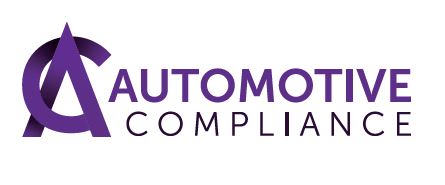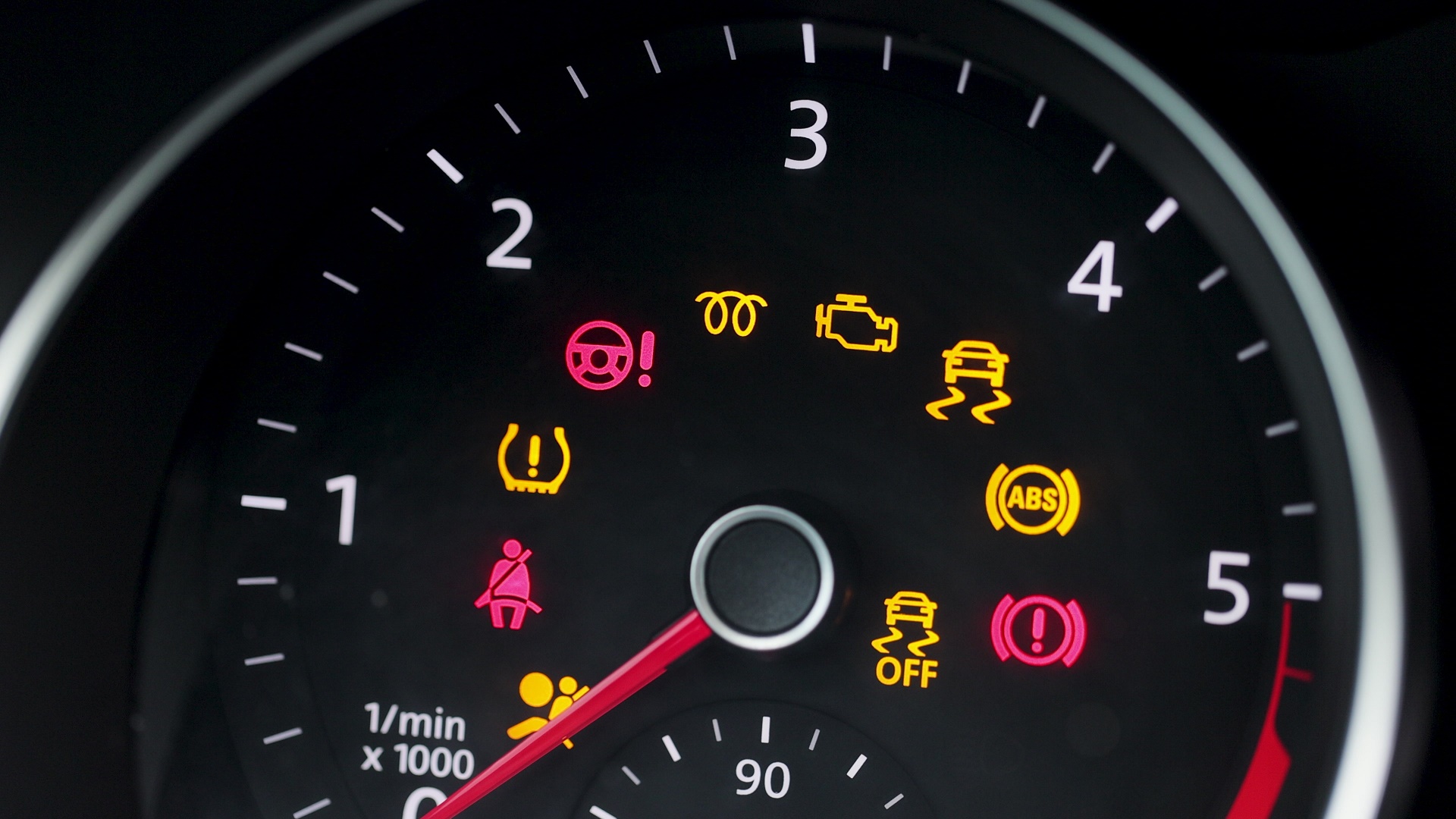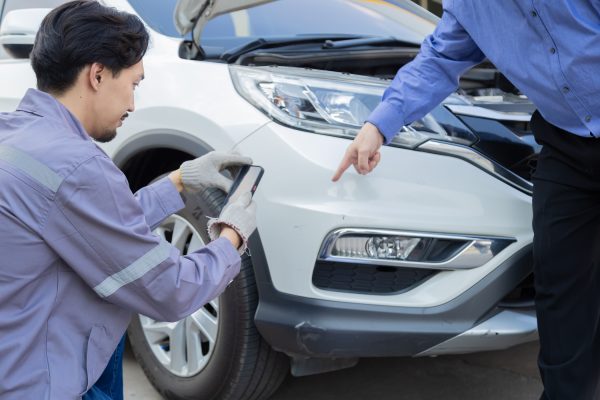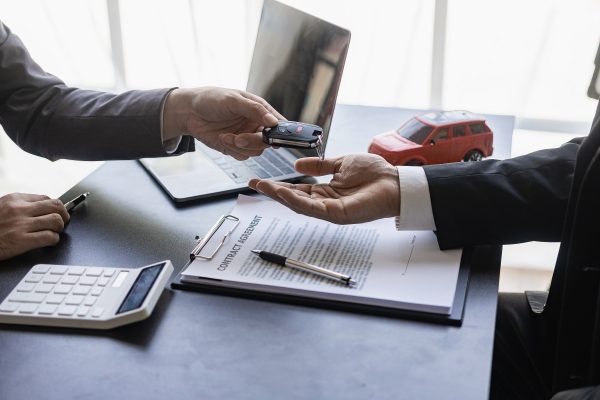Consumer cases usually have a similar timeline of events, but this can depend on the consumer you encounter. For example, a vehicle may break down or start making weird noises, and the consumer will come to you for help straightaway, or they may not.
It may seem straightforward for you to assess what has been advised by the consumer and to deduce that you cannot be liable for any repairs required. However, evidence should be obtained while you have the chance to do so. Failing to do so may result in a court claim and you will fall short of being able to prove your position.
The above, of course, depends on when the consumer raises the issue. The burden of proof is placed on the consumer to prove their position if an issue arises within 30 days of purchase. Even if evidence is produced, you may still want to inspect the vehicle yourself, and you should request to do this as soon as possible. In any event, the vehicle should be inspected prior to any monies being handed over to ensure it has not been damaged during the consumer’s ownership.
The burden of proof reverses for issues raised between 30 days and six months of ownership. The issue is presumed to have been present or developing at the time of sale unless the trader can prove otherwise. Whilst this may seem pointless in cases where the issue could clearly not have been present at the time of sale, the evidence should speak for itself. If you have inspected the vehicle both prior to the sale and once an issue became evident, you have a much better chance of fighting your corner with the correct evidence.
For issues raised beyond six months after purchase, the burden is placed back on the consumer (reverse burden of proof) to prove that the issue was present or developing at the time of sale.
If you choose not to inspect the vehicle in situations where the reverse burden of proof applies, the consumer can claim that the fault is implied to have been present or developing at the time of sale, and unfortunately, you will have little to no evidence to show otherwise.

Need help with keeping on track with FCA Regulation and Compliance? Partner with Automotive Compliance








